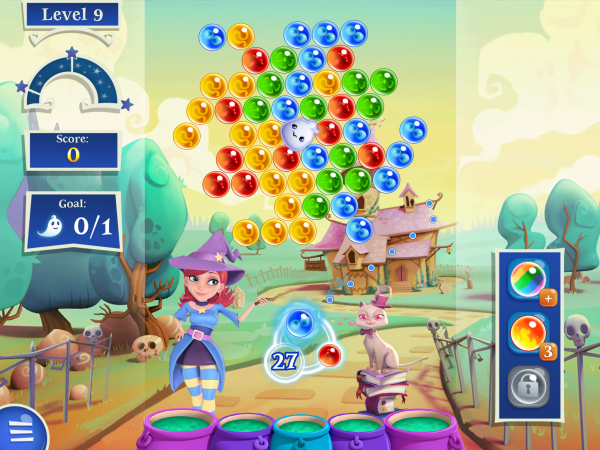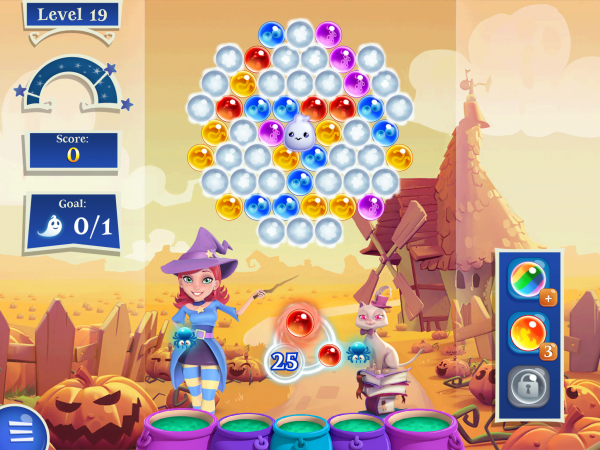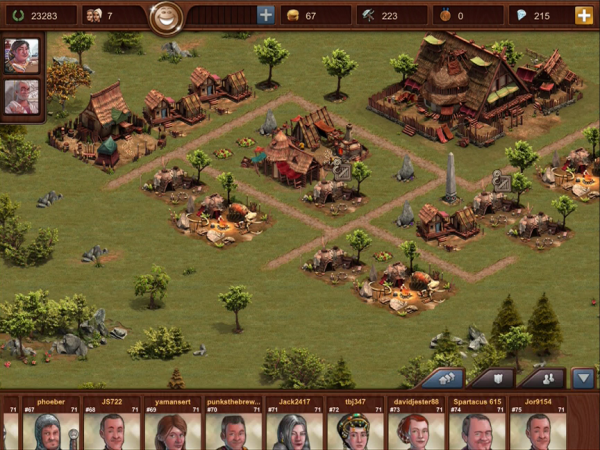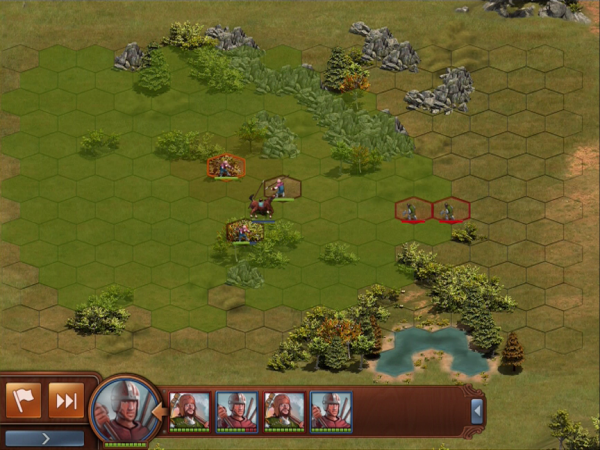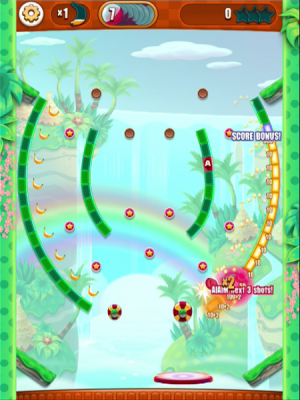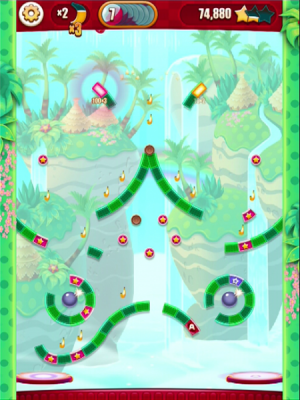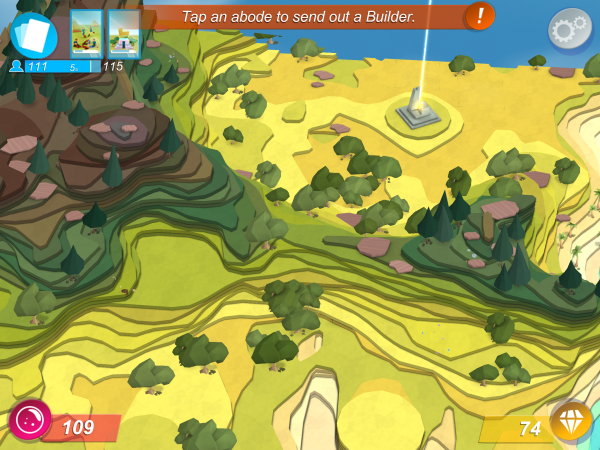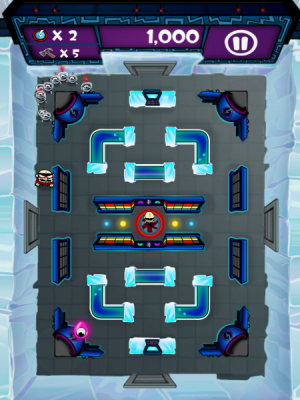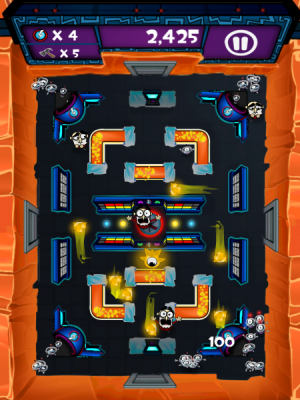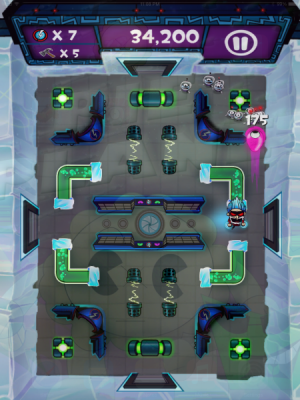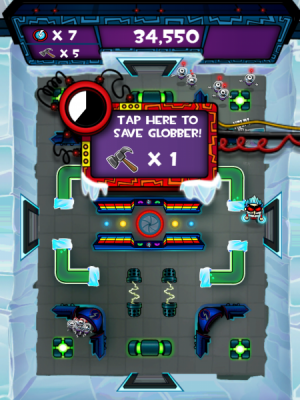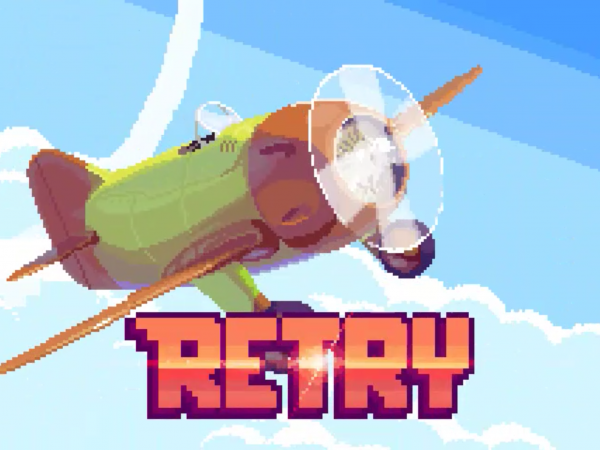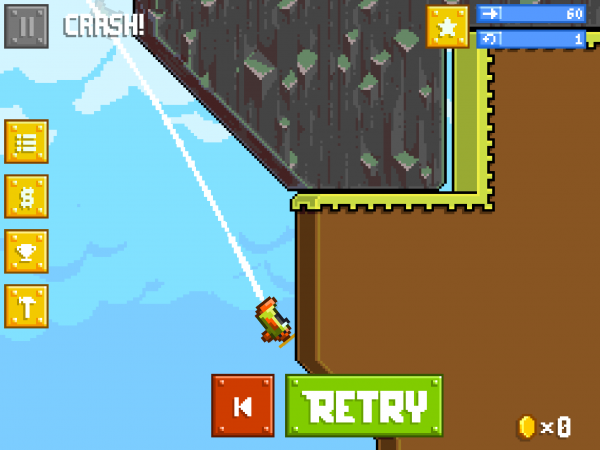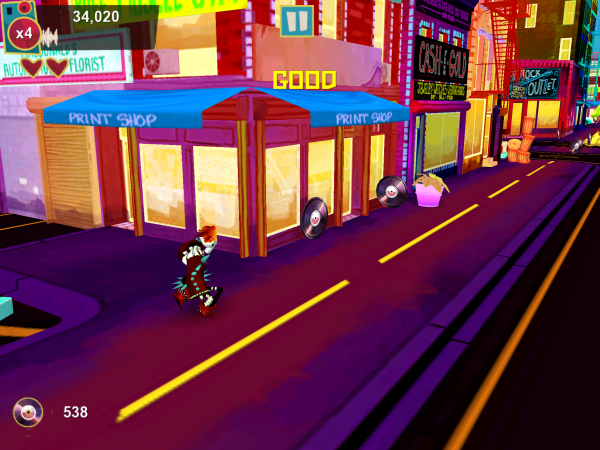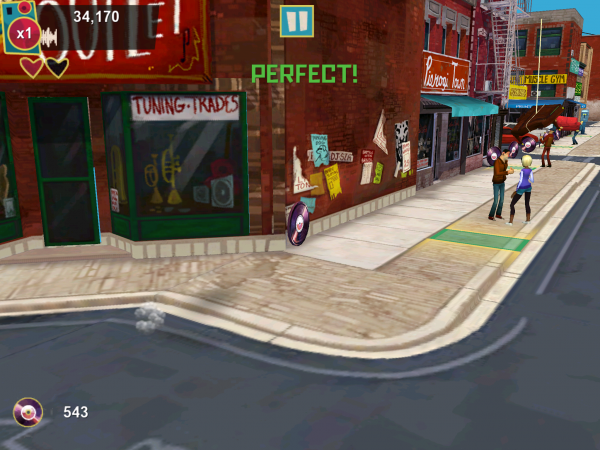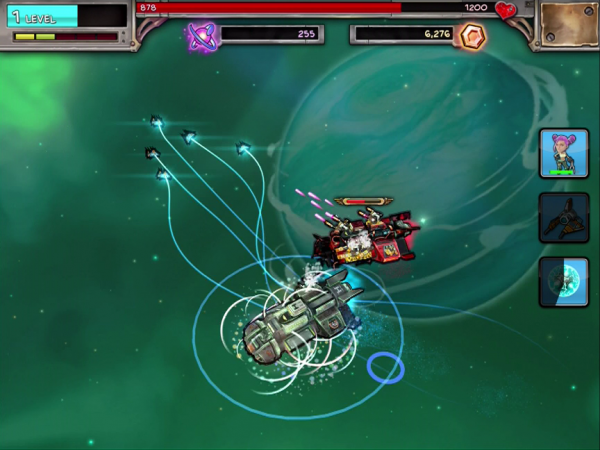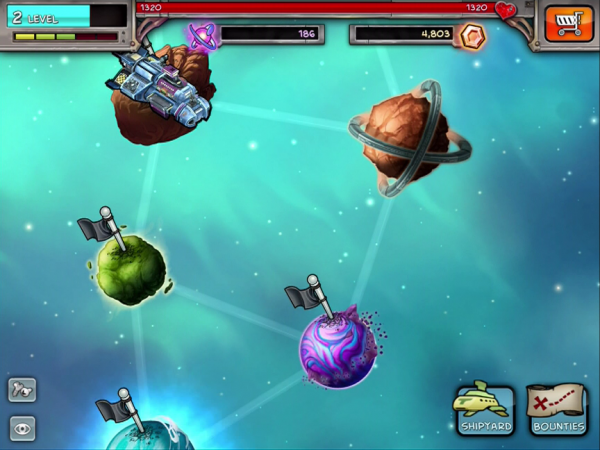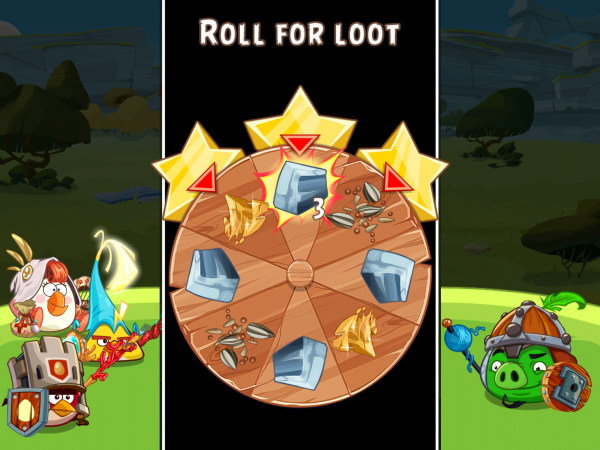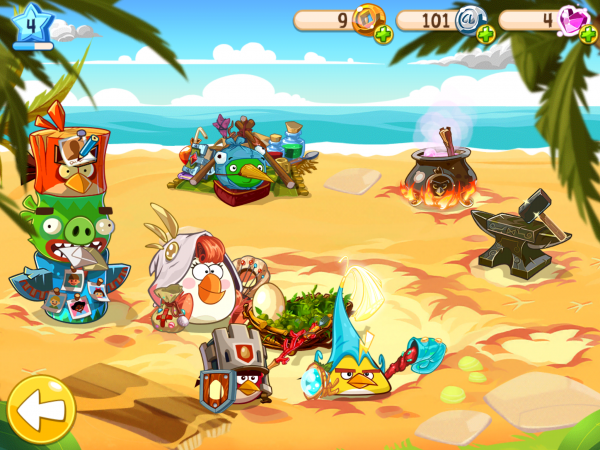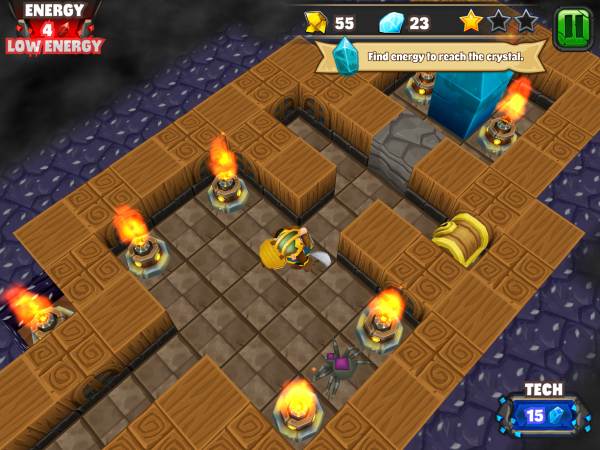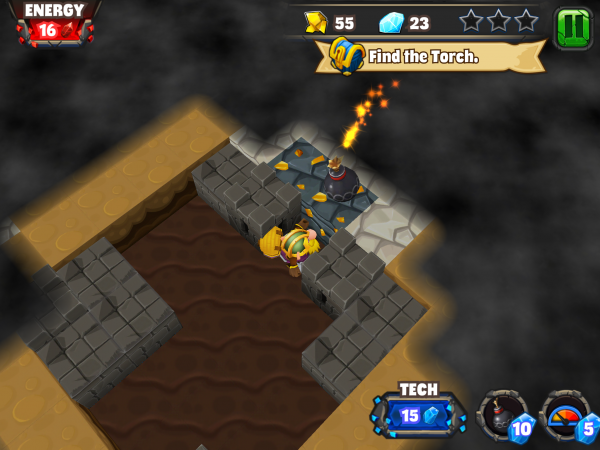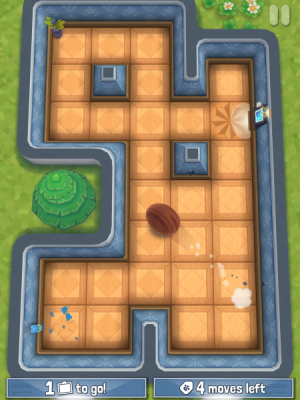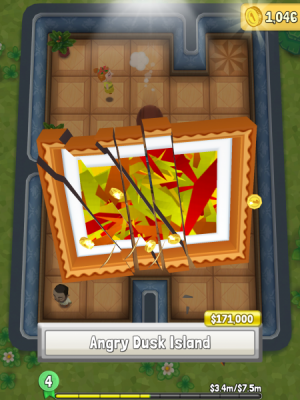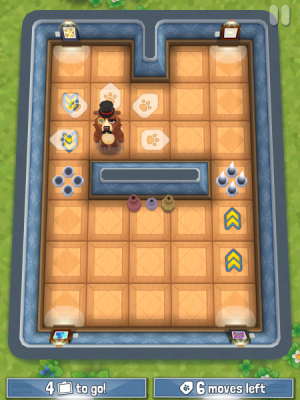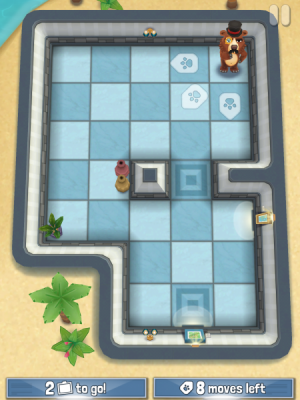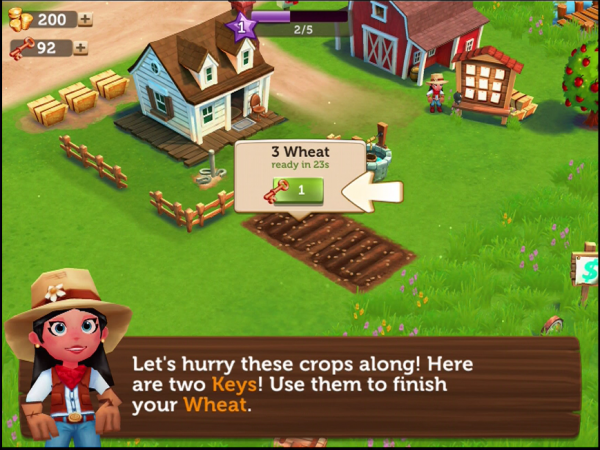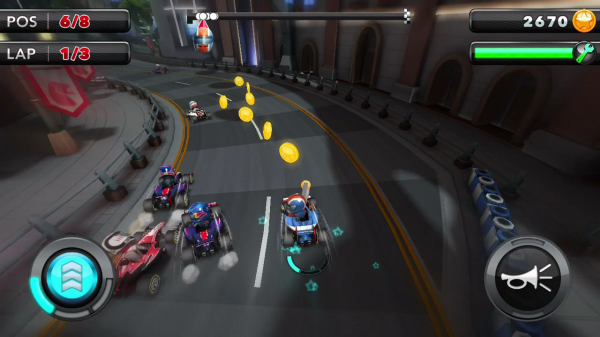It Came From Canada: Bio Inc.
Bio Inc. is an evil game. It can make players feel legitimately guilty. It’s not only about killing, but killing as subtly and fiendishly as possible. It’s about death as inevitability. After blackening our hearts and poisoning our souls, we’re here with the autopsy in this latest edition of It Came From Canada!
Remember the villainous virus from Osmosis Jones that took pride in killing people as fast as possible? That’s basically Bio Inc.’s premise. Players dive into the body of some unsuspecting sucker and try to end their life quickly and efficiently. It’s like Trauma Center in reverse. At the start of each round, players hop between different body systems, like the brain and the skeleton, harvesting minor bacteria like resources in a strategy game. From there, they use the points they’ve acquired to unleash new ailments like the flu and insomnia. As new symptoms take their toll, players can climb further up the tech tree discovering even stronger ways to cripple their victim’s heart or immune system defenses. They can even unlock bonus risk factors to buff their attacks like making the victim smoke or eat junk food.
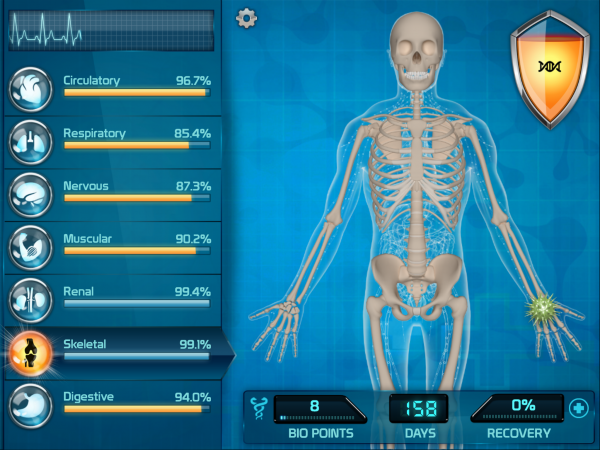
But as in real life, killing in Bio Inc. isn’t that simple. Eventually the victim will go to the doctor and start receiving care. Once that happens, their recovery meter will start to go up. As the player’s attacks become more vicious and more systems start to fail, the doctors start working even harder and recovery increases faster. The game then becomes a race against time to murder the mark before the doctors can save them. Players can even use downright abhorrent sneaky tricks like making the doctors go on strike and halt recovery.
What’s most diabolical about the game though is how its deep strategic elements make players thoughtfully plan out their dirty deeds. Target one system aggressively or spread out the infections? Pepper the body with little diseases or save up points and release The Big C? Each new victim also has specific traits like high stress or a family history of genetic deficiencies. Exploiting these facts is crucial, especially on higher difficulties. Players can even name their targets for maximum meta cruelty.
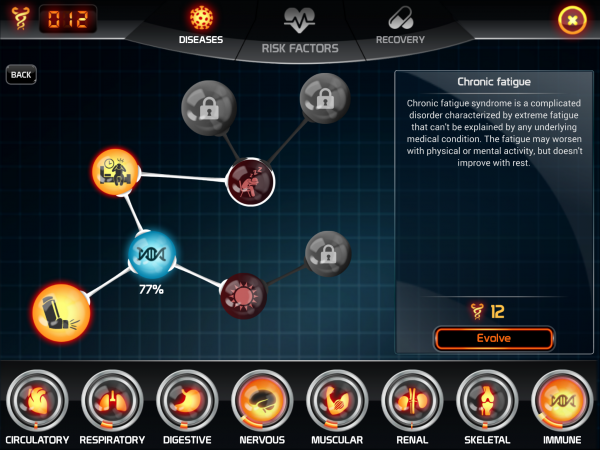
The horror inherent to the premise is only slightly blunted by a few funny voice clips accompanying each new development. Upping the victim’s age to over 60 sounds especially, hilariously painful. But beyond that, the game pulls no punches while forcing players to watch their victim’s body slowly breakdown through the harsh, clinical interface.
Bio Inc. isn’t available yet, so fortunately we have some time to brace ourselves for the complete extent of its malice. Once it fully launches though, it just might spell the end for our current age of innocence.
[gallery size=”thumbnail”]



